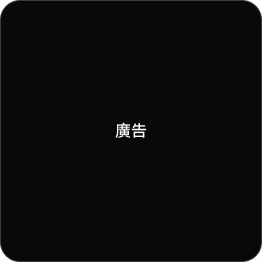Understanding The Graph in the Cryptocurrency Landscape
For new investors stepping into the world of cryptocurrencies, the sheer variety of options can be overwhelming. Among the myriad of digital assets available, The Graph (GRT) stands out due to its unique functionality and utility within the blockchain ecosystem. This article aims to compare The Graph with other cryptocurrencies, highlighting its advantages and considerations for potential investors.
What is The Graph?
The Graph is a decentralized protocol designed for indexing and querying data from blockchains. It enables developers to build and publish open APIs, known as subgraphs, which can be queried using GraphQL. This functionality is crucial for the growing decentralized finance (DeFi) and non-fungible token (NFT) sectors, as it allows for efficient data retrieval and interaction with smart contracts.
Comparison with Other Cryptocurrencies
When comparing The Graph to other cryptocurrencies, several factors come into play:
1. Utility and Functionality
Unlike many cryptocurrencies that primarily serve as a medium of exchange or store of value, The Graph has a specific use case. Its focus on providing data infrastructure for decentralized applications (dApps) positions it as a vital component of the blockchain ecosystem. This utility can attract developers and projects looking to leverage its capabilities, potentially driving demand for GRT tokens.
2. Market Position
As of October 2023, The Graph has established itself among the top cryptocurrencies by market capitalization. While Bitcoin and Ethereum dominate the market as store-of-value assets and platforms for smart contracts, The Graph occupies a niche that complements these larger ecosystems. This positioning may appeal to investors looking for exposure to blockchain infrastructure rather than just speculative assets.
3. Community and Development
The strength of a cryptocurrency often lies in its community and development activity. The Graph has garnered a supportive community of developers and users, which is crucial for its growth. Continuous improvements and updates to the protocol can enhance its functionality and attract more users, making it a potentially attractive investment for those who believe in the long-term viability of decentralized data indexing.
4. Volatility and Investment Risk
Like all cryptocurrencies, The Graph is subject to market volatility. New investors should be aware of the risks involved, as the price of GRT can fluctuate significantly. However, its unique position within the blockchain ecosystem may offer a different risk-reward profile compared to more speculative cryptocurrencies, making it a worthy consideration for a diversified portfolio.
Conclusion
For new investors, The Graph presents a compelling case as a cryptocurrency with real-world utility and a growing market presence. Its focus on data indexing and querying sets it apart from more traditional cryptocurrencies. While it is essential to conduct thorough research and consider market risks, The Graph could be an attractive addition for those looking to invest in the future of decentralized applications and blockchain technology.


